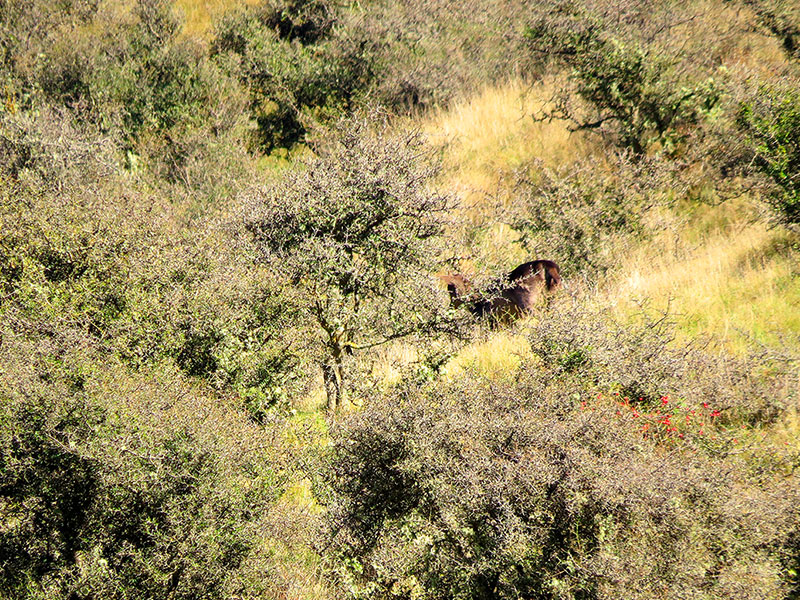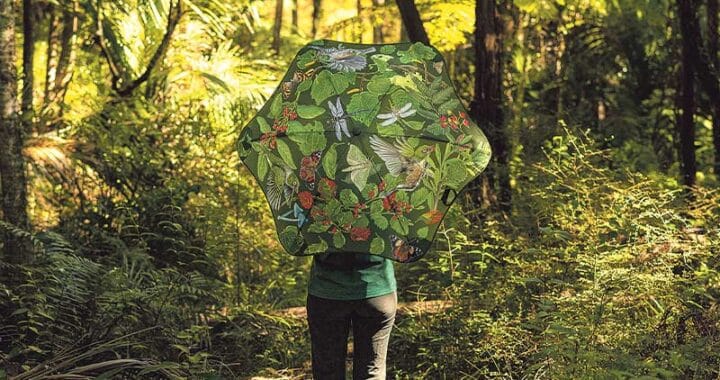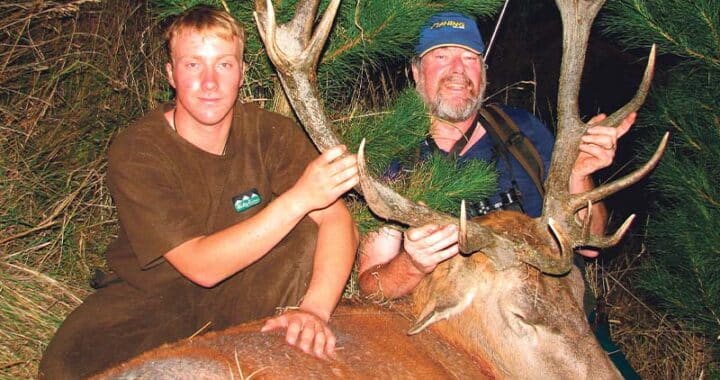Analysis of hunting accidents offers a sobering reflection
4 min read
Is it a deer or not? Identify before you pull the trigger. Remember to take your time. Photo: Tony Orman
Deaths of hunters during the popular autumn hunting period may, on analysis, reveal more than just a hunter’s misjudgement and wrong identification of a movement in the bush.
It is this aiming and firing at ‘a movement in the bush’ that gives a strong clue to the cause. Hunters are simply too eager to get a deer, irrespective of whether it is a stag, a female hind, or a yearling deer. This is strange because autumn is traditionally a time for a hunter to take a trophy stag.
Compare this with the managed hunting scene in European countries and many US states where hunters are often only allowed to shoot a stag, or a buck as the male of some species such as mule and whitetail deer are called.
In some European countries, hunters are required to carefully and selectively hunt a stag but only of sufficient age and antler size. If the hunter makes a misjudgement and kills a stag that does not meet the age or size criteria, then the penalties in terms of the right to hunt in future seasons are severe.
When I look at how things are done in New Zealand, I feel that game herd management is unknown, and hunters have been and still are exhorted to kill as many deer as possible.
This continues today despite the wild deer population being officially estimated at just 250,000 animals. This low figure is illustrated by a comparison with the UK wild deer population.
In the UK – much more settled, with much less wilderness or hill country compared to New Zealand – the wild deer population is six times greater than that of New Zealand’s.
In my opinion, wild deer in New Zealand have been slaughtered by helicopter-borne shooters for decades while hill country have been drenched with poisons that decimate wild deer by a slow lingering death.
Claims that such deer destruction is justified on the grounds that deer are pests have no validity.
More evidence is surfacing that New Zealand’s vegetation was well adapted to browsing during the many centuries of moa browsing. Deer are simply browsing the vegetation as moas once did.
Read more: What’s in your hunting pack?
Read more: Hunting big gnarly boars
It seems like in New Zealand, hunters are encouraged to kill every deer. Imagine if deer management – virtually unknown in New Zealand for more than 70 years – was implemented and perhaps the shooting of adult hinds was illegal for nine months from June to mid-March. Hunters would then have to positively identify whether the animal was an adult hind or stag.
Instead, we have every wild animal being slaughtered, from the majestic bull tahr to nannies and kids and wide antlered stags to hinds and fawns.
Hunting permits are issued for anywhere from six to 12 months and for thousands and thousands of hectares – seem to me like a meaningless, pointless, and wasteful exercise.
A blind eye is turned to deer poaching and any spot lighting practices. For bureaucrats, the only good deer is a dead deer and the means justifies the end.
Hunters generally are simply not taught or encouraged to selectively hunt. A large measure of responsibility for hunting accidents falls on this underlying philosophy that is a disincentive for hunters to pause and analyse the animal they might shoot before making the final decision.
In my opinion, since the 1930 Deer Menace Conference ‘kangaroo court’ that declared deer as pests, New Zealand has acted both wastefully of taxpayer money and irresponsibly towards hunter safety.
Education is one answer. That only comes via the ‘club’ system, of which the NZ Deerstalkers Association is one. Yet the bureaucracies have, at times, tried to undermine the association and certainly rarely encouraged it.
I believe that the only two groups to actively encourage safe hunting have been the NZ Mountain Safety Council and the New Zealand Deerstalkers Association with its HUNTS educational programmes.
Hunters who unwittingly kill another hunter are arguably victims of the ‘system’.
Yet, there can be no excuse. It is up to all hunters to avoid the trap of shooting any deer and firing at the merest suggestion of an animal. Overseas research indicates that human perception can be far from 100%.
One research study in the US may give a line on what actually happened on those fateful occasions this autumn when hunters were shot.
In the American study, the participants were presented with three-quarter of a second flash pictures of men and deer in the field. The participants had to identify the pictures as man or deer or leave the answer to the test sheet blank. Guessing was discouraged by a three-point penalty while there was only a one-point penalty for a blank answer.
The purpose was to prove to hunters that it took some time to make the necessary positive identification of deer in the bush. The impact on hunters was marked. The study concluded the two basic causes of hunting accidents were:
- an untrained bushman’s eye because of inexperience
- a psychological emotional state that blocked out or hindered normal visual perception.
As many admitted, there was “a funny feeling in my stomach when I identified a man as a deer.”
After the series of hunting accidents in 2005, the Mountain Safety Council’s firearm safety manager Mikke Spray said that the roaring season leads to ‘stag fever’. Emotion overrides logical thinking and otherwise safe hunters, not always inexperienced either, take huge risks as they are caught up in the thrill of the chase.
He suggested:
- Stop hunting if visual contact is lost
- Develop self-awareness to recognise ‘stag fever’ in yourself
- Use two eyes to identify your target; only use the ‘scope’ to place the shot
- Don’t ‘snap’ shoot
- Don’t move into the firing arc of a hunting companion
- Sight more than a single part of the deer and confirm it as a target.



